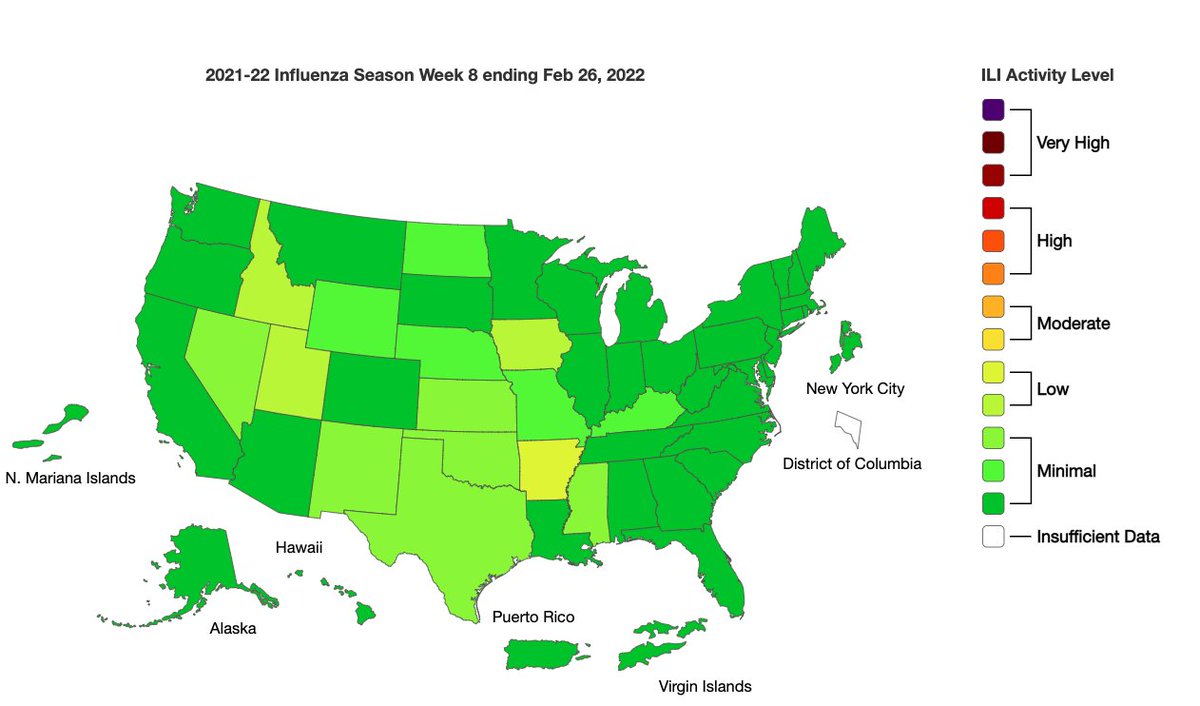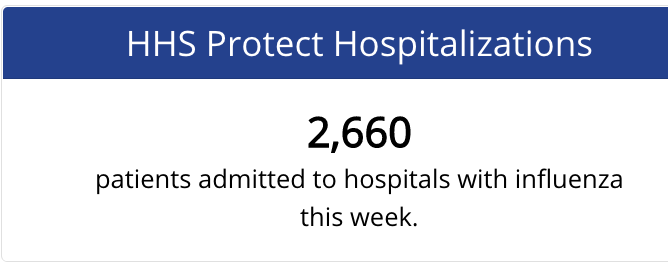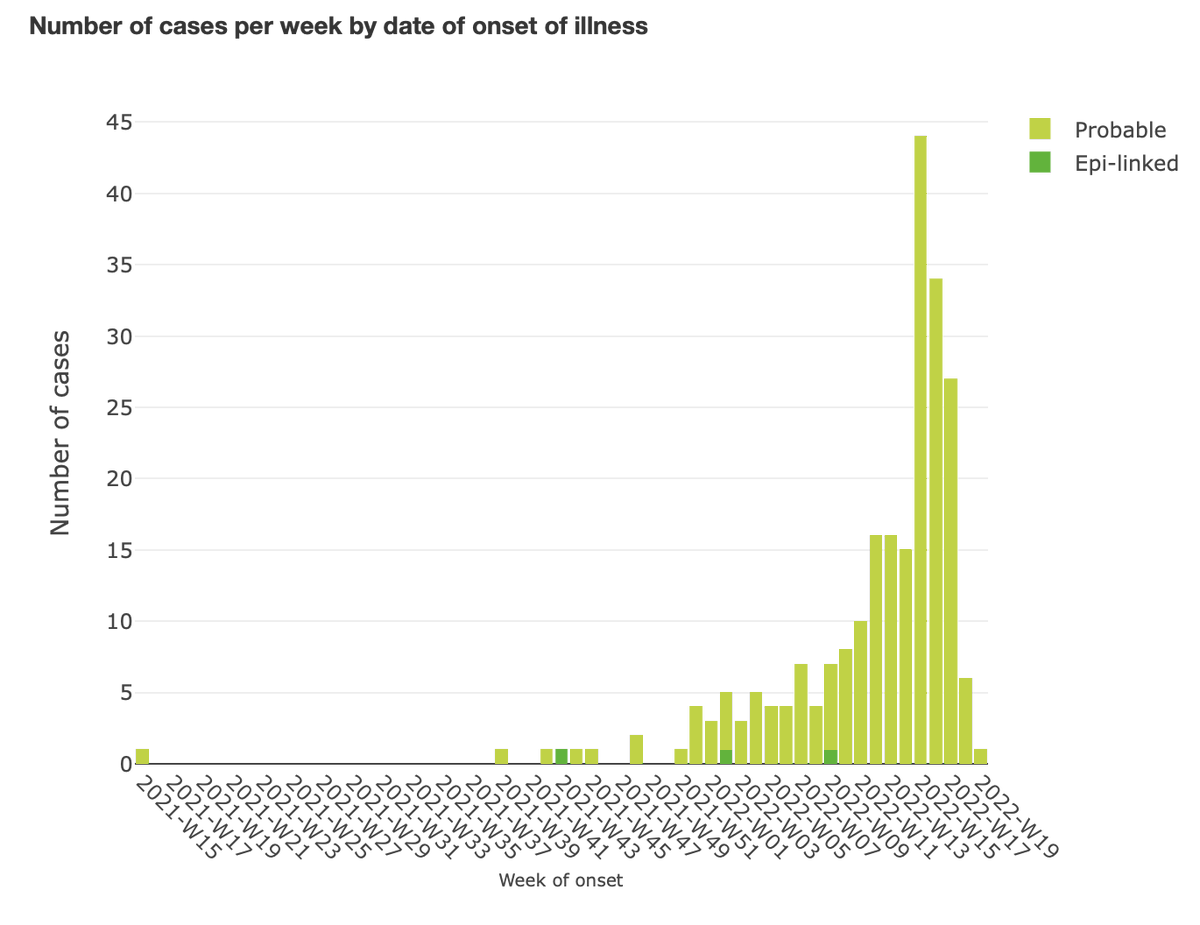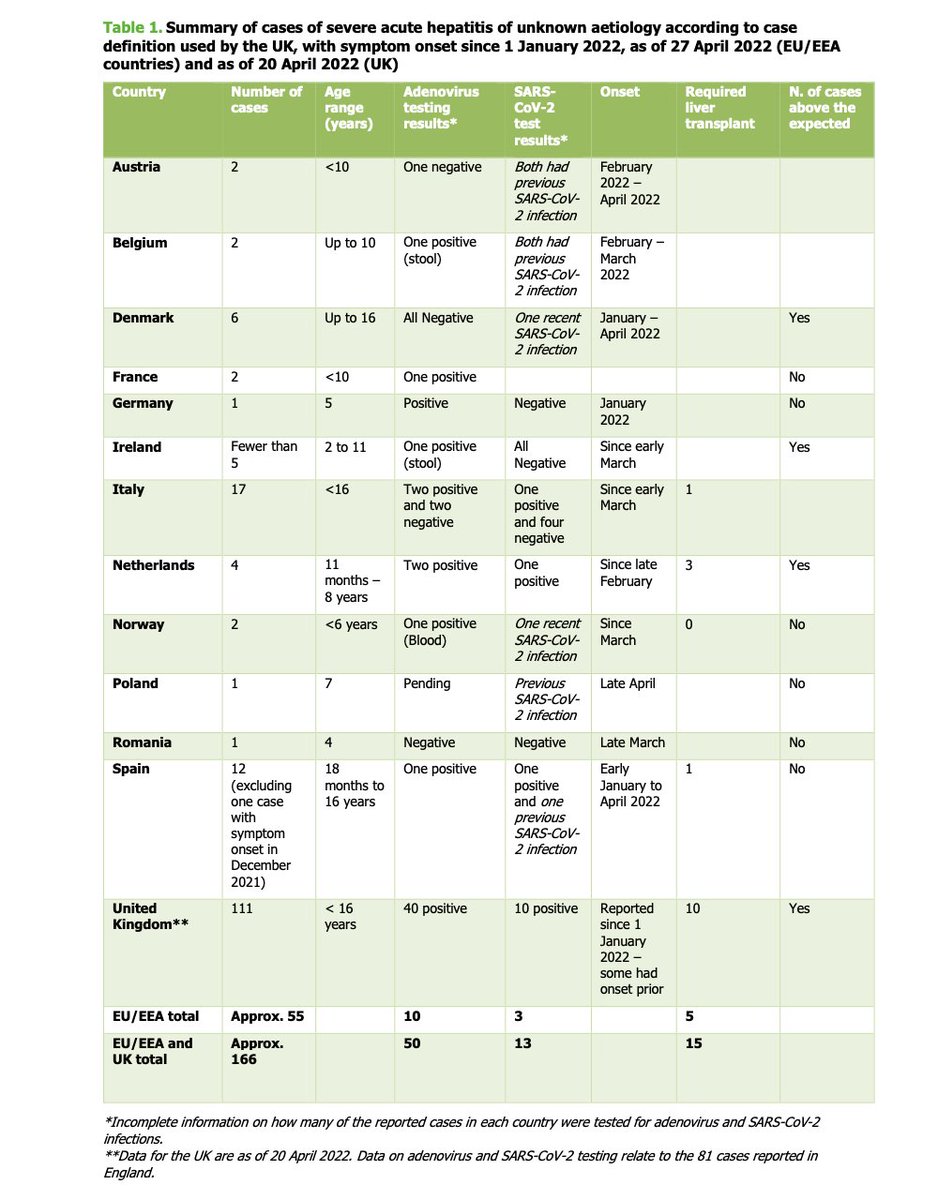
1. @Eurosurveillanc published a trove of papers today on #monkeypox outbreaks in Europe. A 🧵
A paper from @UKHSA suggests the UK outbreak may be 3 separate events. It doesn't confirm it because there's no discussion of genetic sequence data but the authors may have it becoz ...
A paper from @UKHSA suggests the UK outbreak may be 3 separate events. It doesn't confirm it because there's no discussion of genetic sequence data but the authors may have it becoz ...
2. ... they frame the #monkeypox cases in the UK as constituting 3 incidences. #1 was an imported case from Nigeria; no onward spread. #2 was a family cluster with the first onset date being April 17. No links #1 or #3, which was the start of the cases detected in MSM.
3. Vaccine acceptance among people who were identified as contacts of the UK #monkeypox cases wasn't great. Only 69% of health workers who had contact with cases agreed to be vaccinated; among other contacts of the cases, it was 14%. 

4. The @UKHSA paper describes a very challenging task of trying to contact trace in this outbreak. As with a number of #monekypox updates I've seen of late, there's a hint of pessimism about the chances for containment. Note the beginning & end of the text in the screenshot. 

5. The table of contents for today's issue of @Eurosurveillanc is here: #monkeypox eurosurveillance.org/content/eurosu…. .
• • •
Missing some Tweet in this thread? You can try to
force a refresh
















